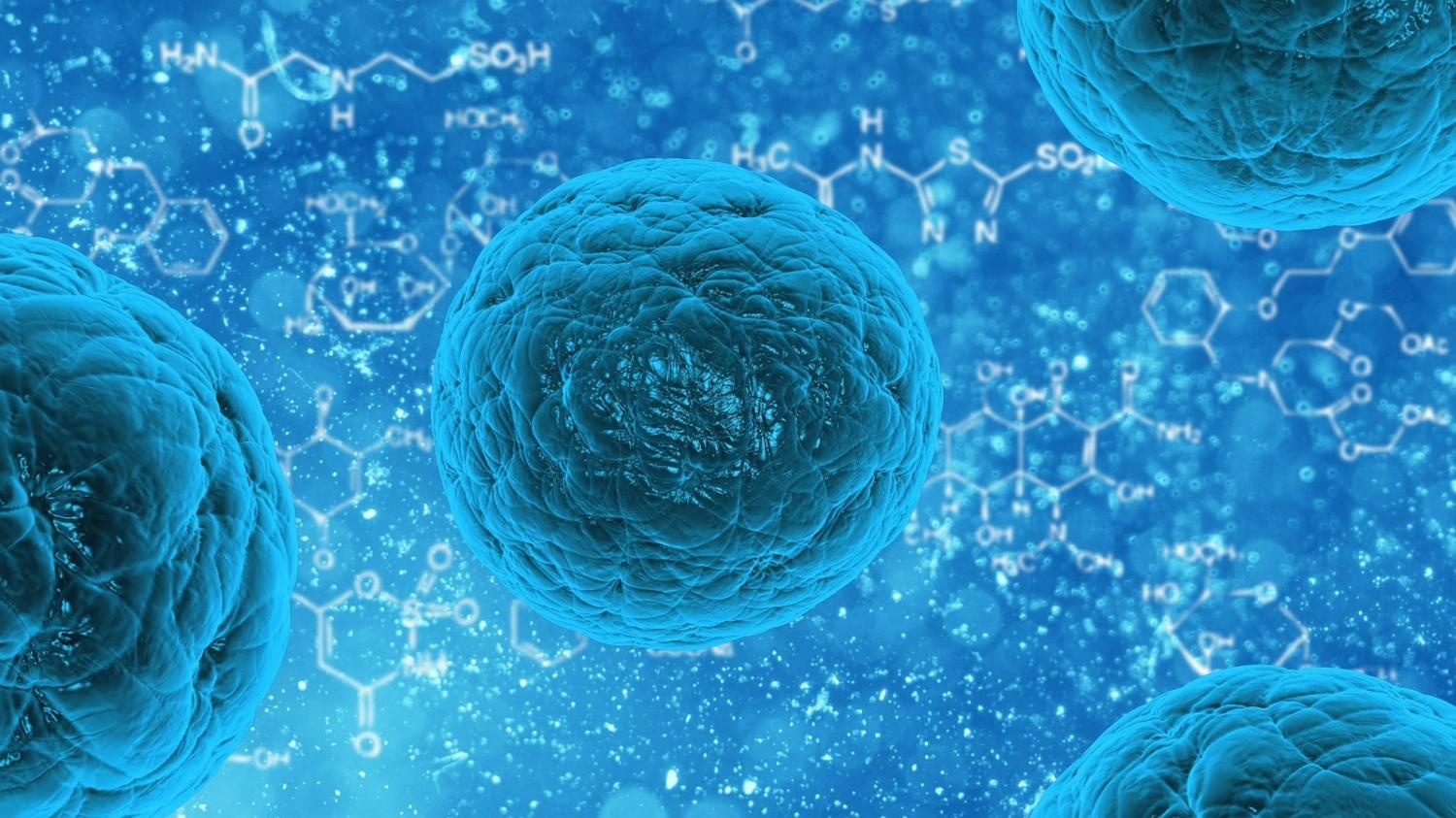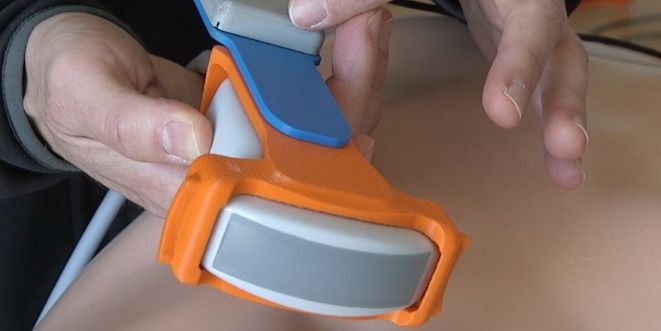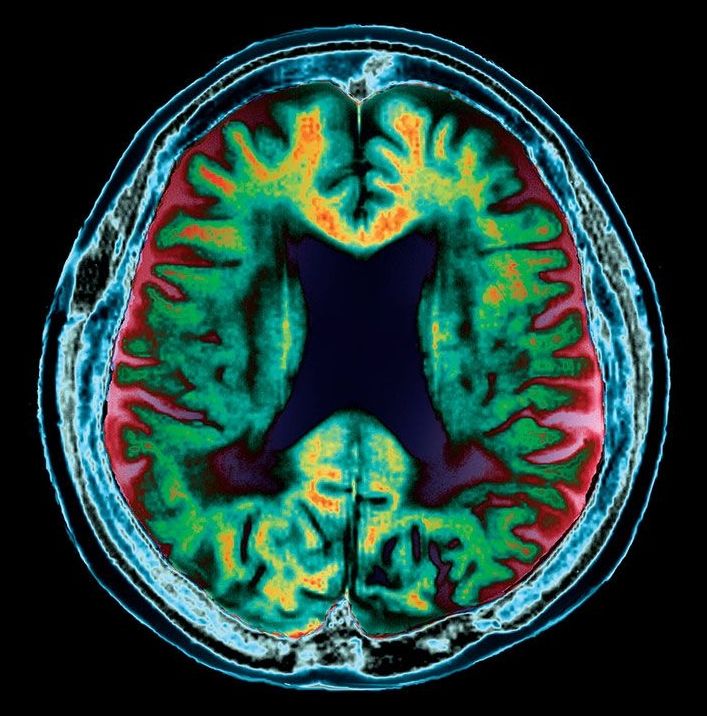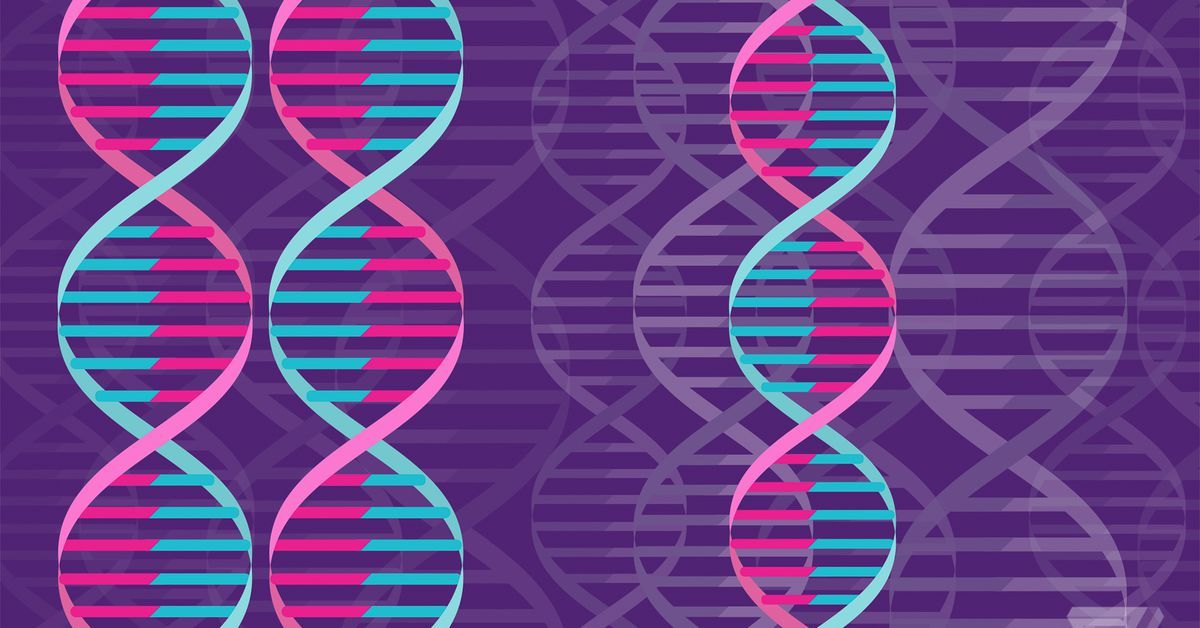In many ways, stem cells are the divas of the biological world. On the one hand, these natural shapeshifters can transform themselves into virtually any type of cell in the body. In that regard, they hold the promise of being able to cure ills ranging from spinal cord injuries to cancers.
On the other hand, said associate professor of materials science and engineering Sarah Heilshorn, stem cells, like divas, are also mercurial and difficult to work with.
“We just don’t know how to efficiently and effectively grow massive numbers of stem cells and keep them in their regenerative state,” Heilshorn said. “This has prevented us from making more progress in creating therapies.”









